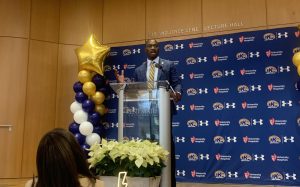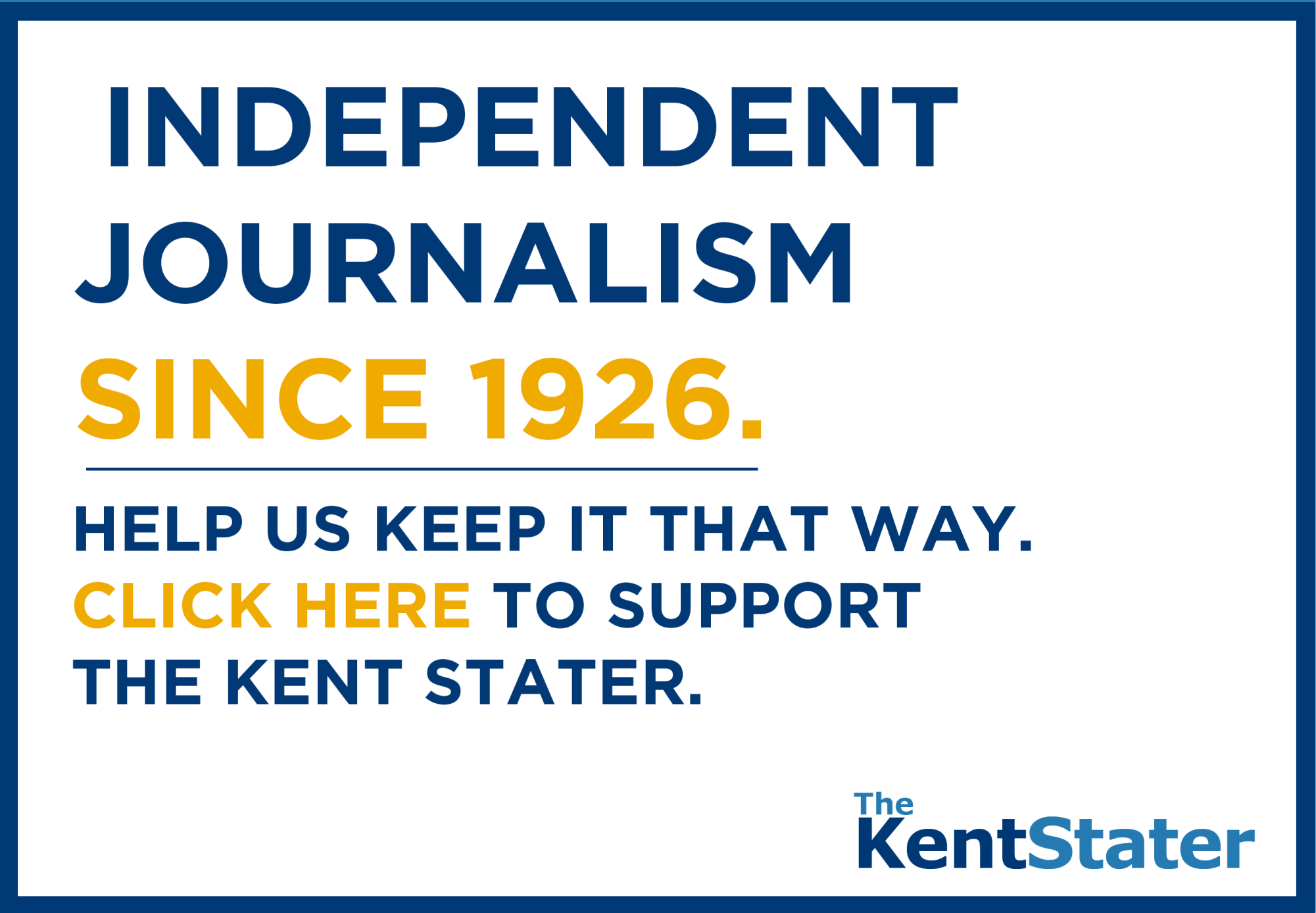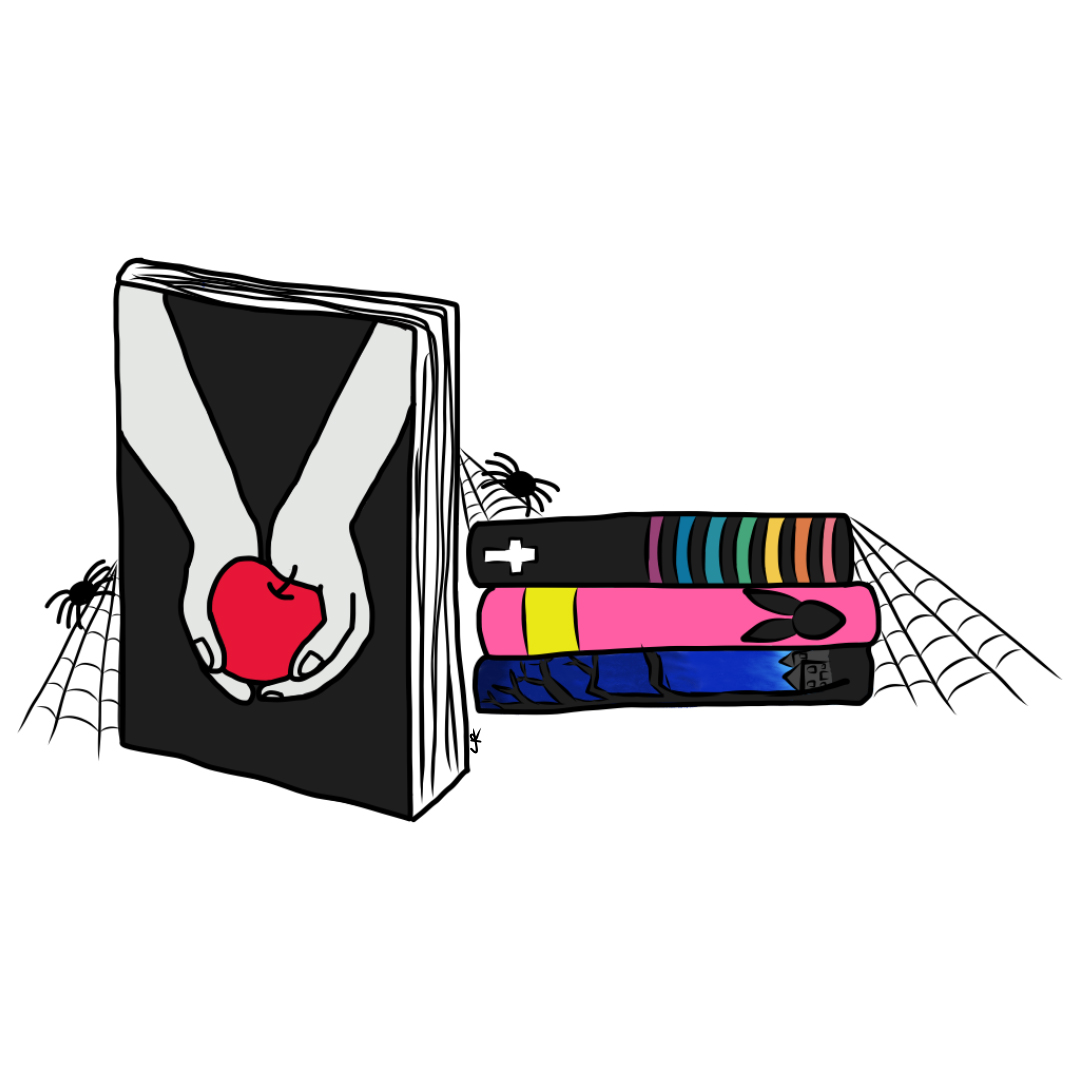Mobile media delivery system could improve the university lifestyle
April 18, 2006
With $4 billion worth of ringtones purchased worldwide in 2004 and over 2 million SMS messages being sent to mobile phones daily, U-Turn media group employees Dawn Cole and Daniel Konecny hope streaming video will be the next big advancement in cell phone technology.
The two passed around a gray Nokia cell phone to interested College of Communication and Information faculty and students yesterday afternoon in Moulton Hall.
The phone, with a rounded base and corners at the top, features streaming media capabilities. The phone showcased what would be possible with Vizgo: a mobile media platform capable of displaying streaming audio, video, pictures and software.
Konecny, the operations director at U-Turn, has worked mostly with European cell phone providers. He said this was the first time working with an academic institution.
“This is something that we all have, and some of us don’t even switch it off,” Konecny said on the viability of using cell phones to deliver information.
Cole, vice president of business development for U-Turn, said all you need is an Internet-capable cell phone with a data package (which typically ranges from $15 to $19) to take advantage of the service.
Vizgo supports more than 200 phones, and video phones are recommended for access to all content, but are not required. The service is completely compatible with most cell phone providers with the exception of Verizon Wireless, which already has its own streaming media service called V CAST.
“We believe it should be very easy to use,” Cole said. “You shouldn’t have to type in any Web sites, it’s just point and click.”
Konecny also discussed how easy it is to learn how to publish on the Vizgo platform.
“After three hours of training, you can be ready to publish,” he said.
Applications mentioned during the presentation for the service at Kent State included posting exam and class schedules, sports schedules, school news and school maps. Konecny even spoke of integrating student media such as the Daily Kent Stater, TV2 and Black Squirrel Radio with the Vizgo technology.
“It fits right into student media,” said James Gaudino, dean of the College of Communication and Information.
Cole talked about partnering with WISC TV 3, located in Madison, Wisc. A PowerPoint demonstration at the meeting illustrated how the phone would work, and showed the engine of WISC TV 3. The television station edits normal versions of their stories as well as mobile-ready versions.
“People won’t watch a five-minute story on their phones,” Cole said. “Two minutes is about all our attention spans can handle.”
Cole also said the video technology shouldn’t be a drain on the battery life of most modern-day phones. Cole said she watches roughly 30 minutes of video a day and talks regularly on her phone, only stopping to charge her phone during the night.
She said the Vizgo technology creates several opportunities for cross-promotion across different media formats.
“You could run a contest on the mobile phone, and drive people to your newspaper or Web site to find out the winner,” Cole said. “Then, you could drive people to your television programming to see an interview with the winner.”
Contact College of Communication and Information reporter Ben Breier at [email protected].












